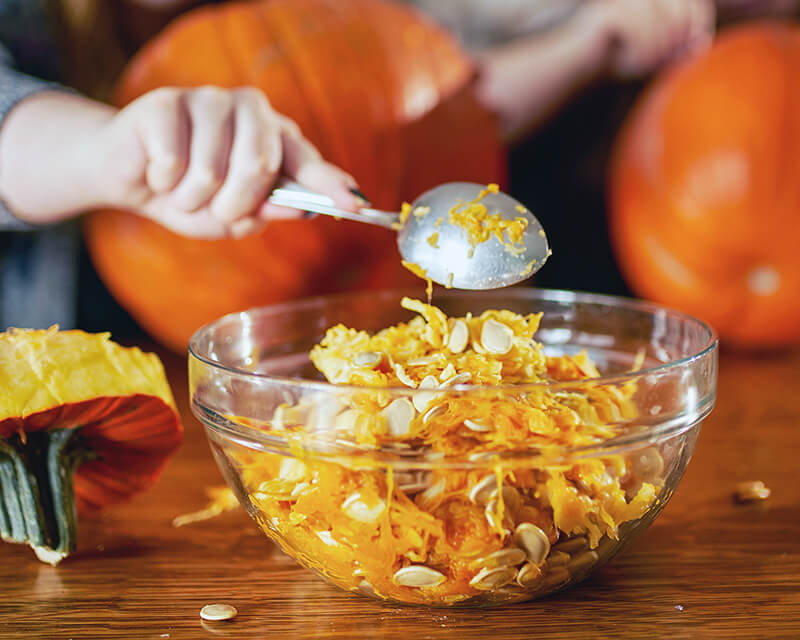
Pumpkins... Not Just For Halloween (Grades K-2)
Students estimate the size and weight of pumpkins, sprout pumpkin seeds, and make pumpkin pie in a bag.

Students estimate the size and weight of pumpkins, sprout pumpkin seeds, and make pumpkin pie in a bag.

Students estimate the size and weight of pumpkins, sprout pumpkin seeds, and make pumpkin pie in a bag.
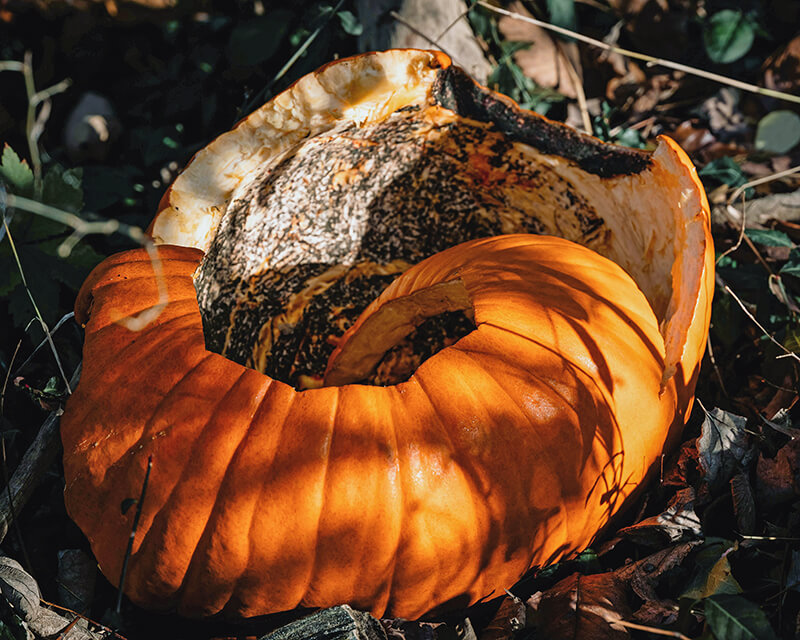
Students investigate the phenomenon of decomposing pumpkins as a part of the plant's life cycle.
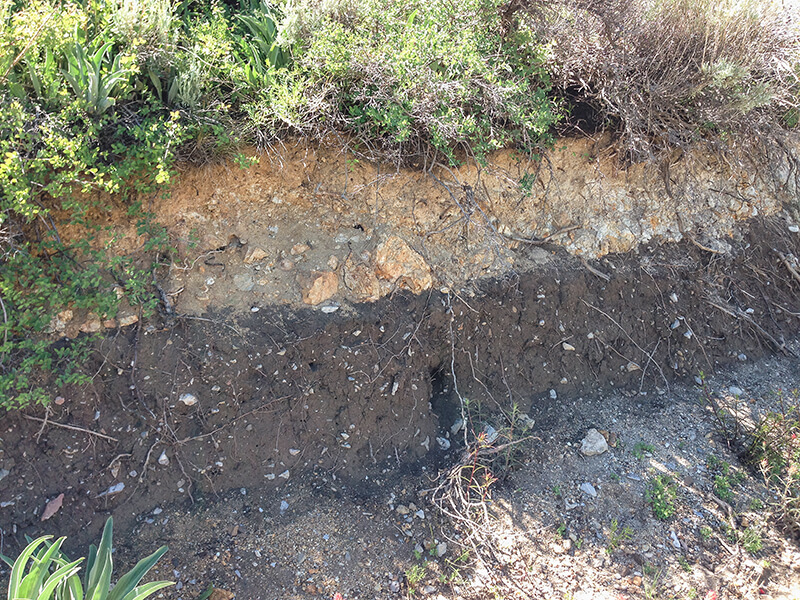
Students discover that topsoil is a nonrenewable resource and use an apple to represent how Earth’s land resources are used. Through critical thinking, students study agricultural land use and consider the sustainability of current land use practices including the use of land to feed and graze livestock animals.
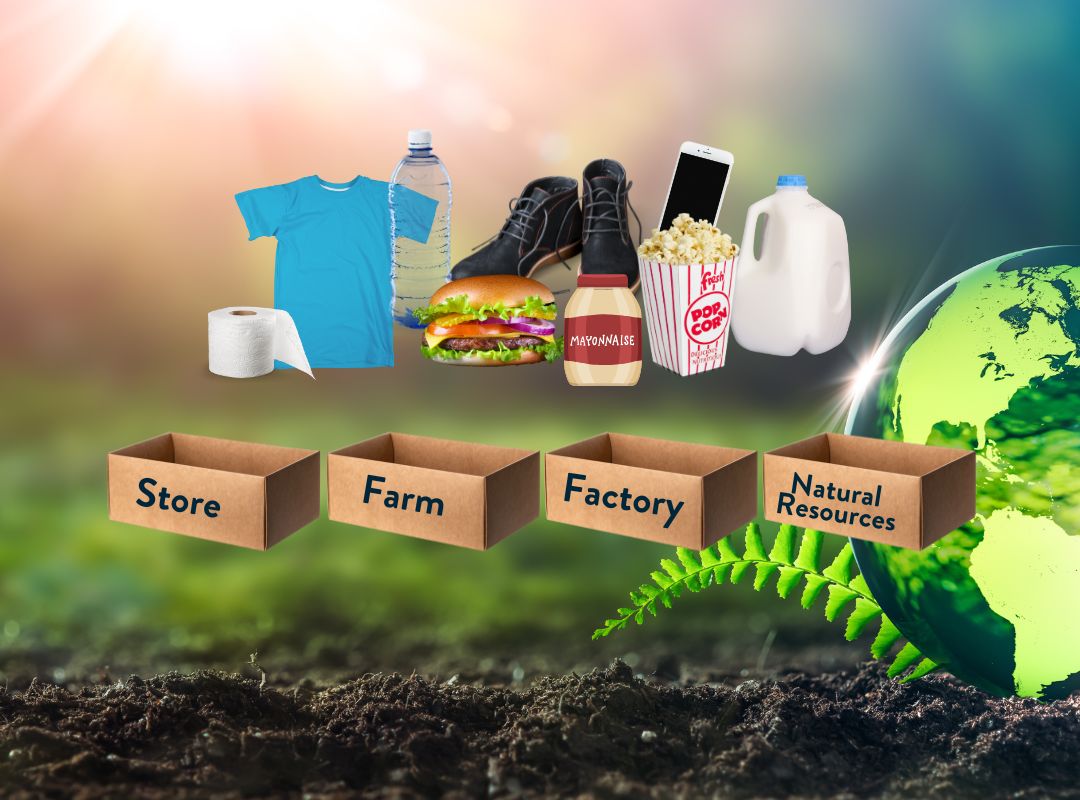
In this lesson students will learn that agriculture provides nearly all of the products we rely on in any given day by participating in a relay where they match an everyday item with its "source."

In this lesson students will learn that agriculture provides nearly all of the products we rely on in any given day by participating in a relay where they match an everyday item with its "source."
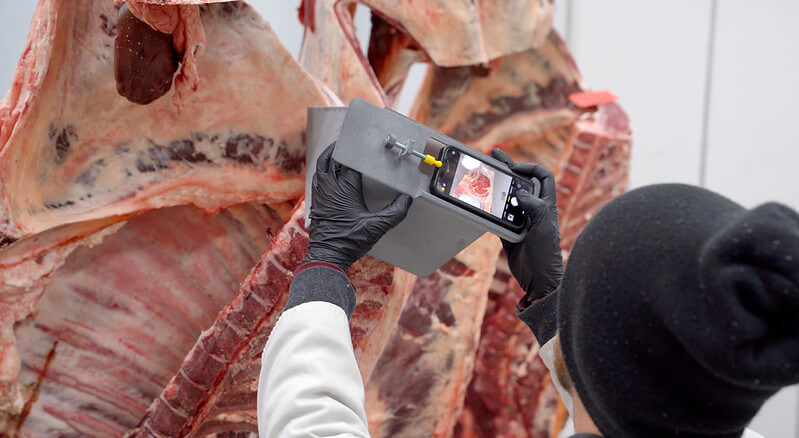
Students will evaluate the USDA grading system for whole cuts of beef and discuss consumer preferences and nutritional differences between grain-finished and grass-finished beef. Students will also distinguish various labels on beef products and discuss reasons for the government’s involvement in agricultural production, processing and distribution of food.
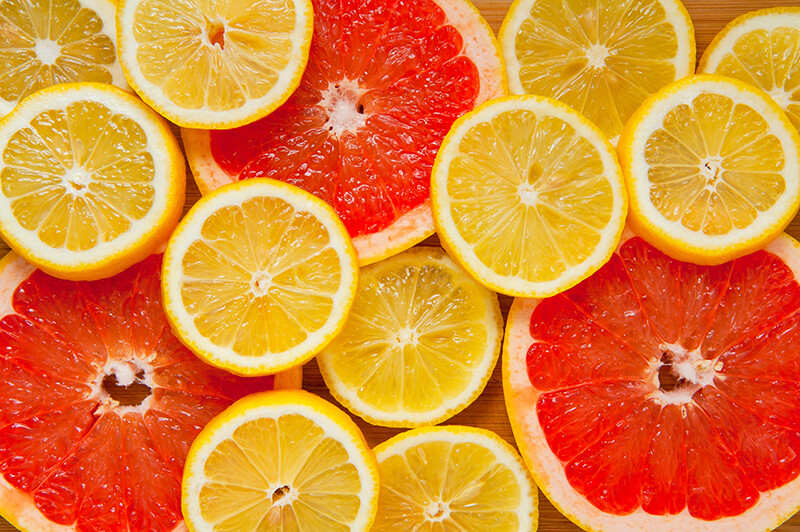
Students investigate the growth and production of citrus fruits and use observation and mathematical computation to compare and contrast grapefruits and lemons.
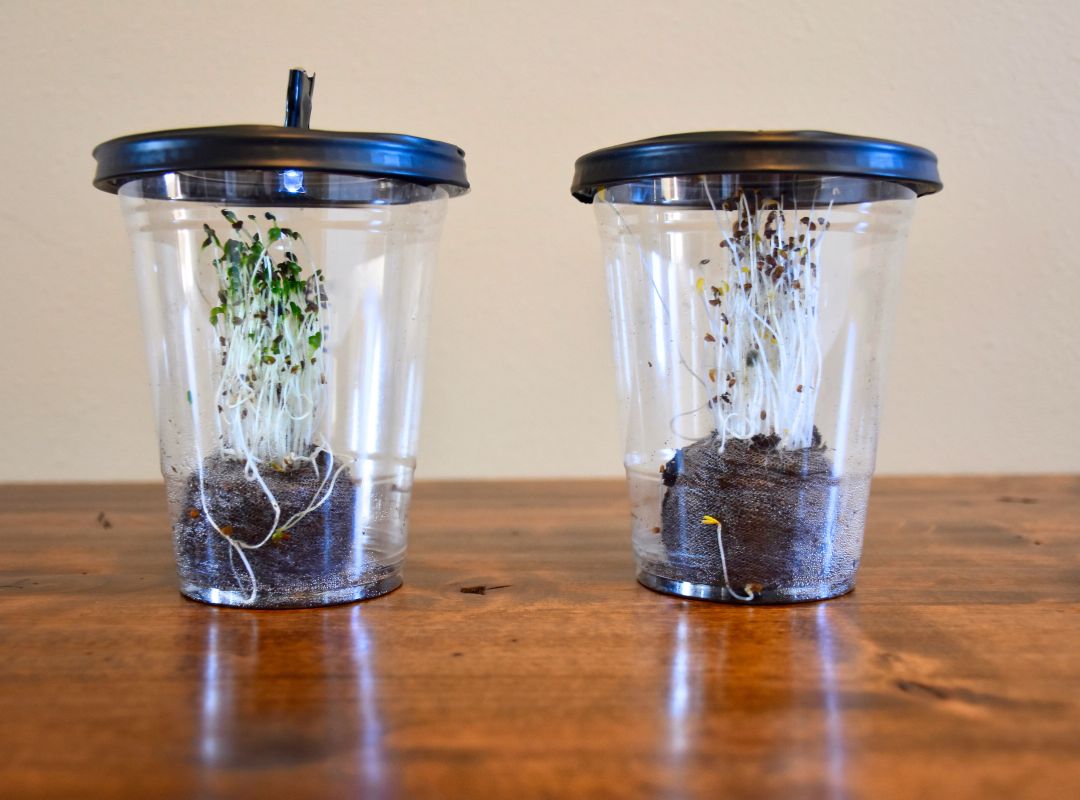
Students investigate the importance of light to plants by creating a desktop greenhouse investigation and exploring the process of photosynthesis.
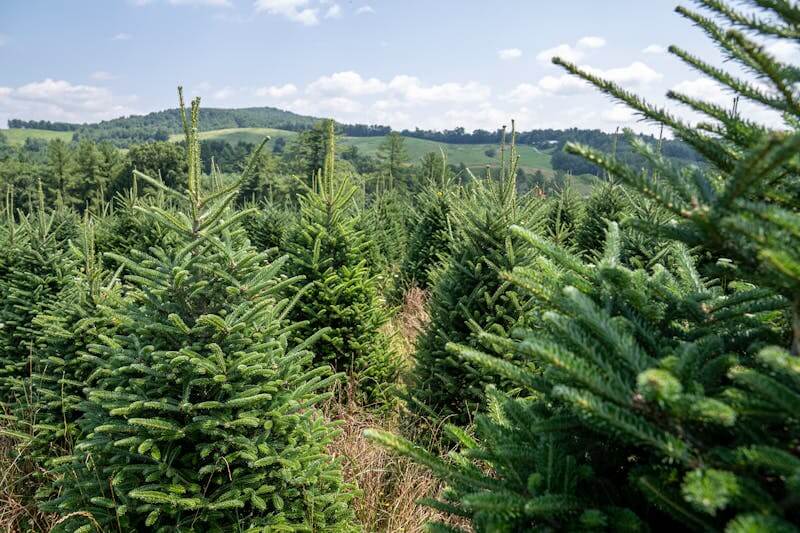
Students explore the history of the Christmas tree, explain the life cycle of a conifer, identify types of trees and how they adapt, discover what it's like to work on a Christmas tree farm, and examine the ecology of conifer trees.
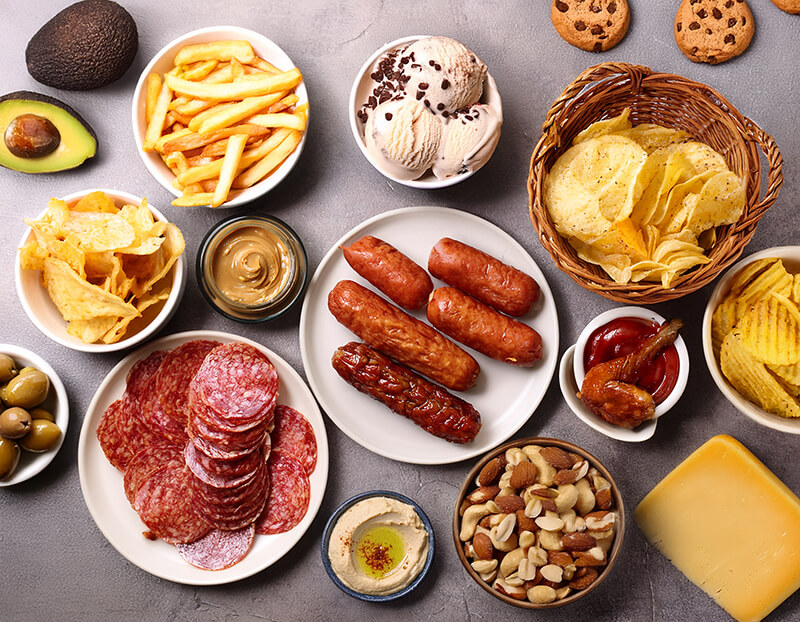
This lesson describes the role of fats in food and in the body, and how they serve as a source of energy. It provides information on different types of fats that are listed on the Nutrition Facts label – including total fat, saturated fat, and trans fat—and defines trans fat and cholesterol. The lesson also includes dietary guidance for fat consumption.
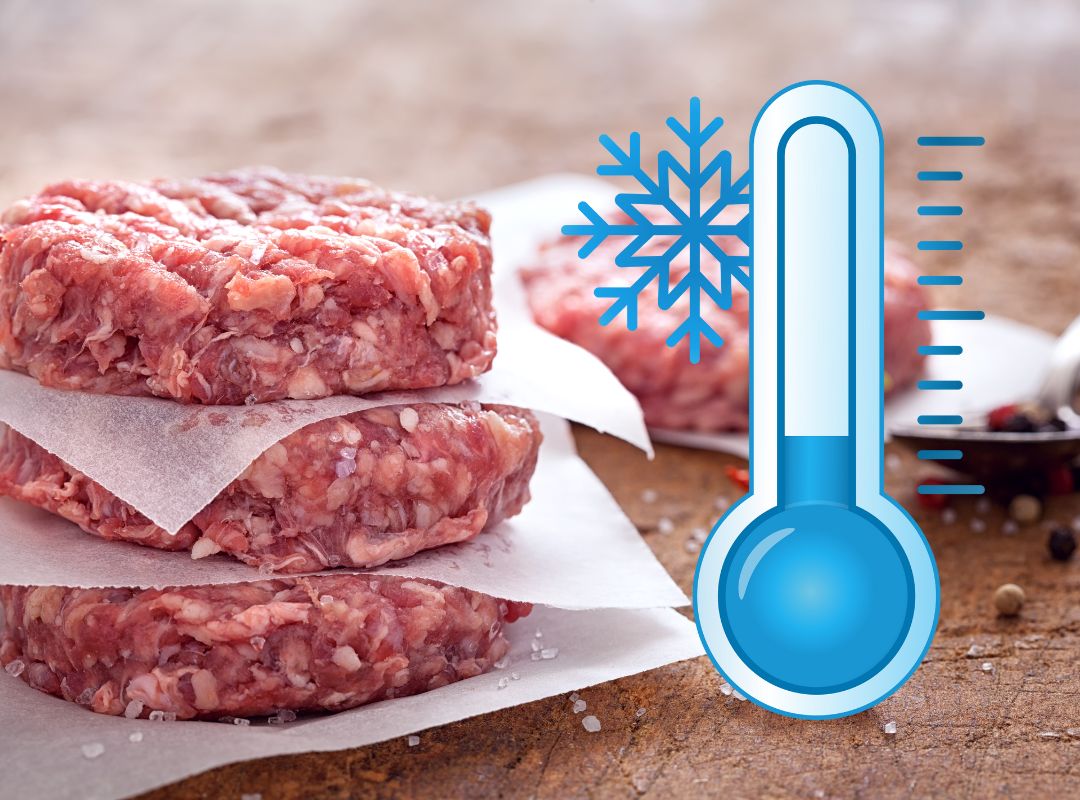
Students will observe the difference in bacterial count between a hamburger that’s left out at room temperature and a hamburger that’s kept refrigerated. The lab reinforces the concept that food must be properly chilled in order for it to remain safe to eat. This lab will be conducted as a teacher demonstration.